Congratulations on your new asphalt driveway! A new driveway is an investment that will require care and maintenance. With some simple care precautions, your new driveway can stay looking and performing like-new for many years to come. We’re confident that this guide will answer all of your questions for a longer-lasting driveway.
It’s perfectly fine to walk on your driveway after paving. But, keep all vehicle traffic off of it for at least 3 day, 5 days if the outside temperatures are above 80 degrees. What’s more, it’s best to wait up to 14 days to park on your new driveway. Fresh asphalt usually takes 6-12 months to harden and cure, so your driveway will remain somewhat soft and pliable until then. During the asphalt’s curing period, avoid parking in the same spot every time you pull in your driveway.
Your new driveway can be damaged by cars starting out too fast, pulling in too quickly, driving too fast, and turning around in tight areas. When stationary, do not turn the steering wheel in your car as this can grind the surface and cause scuffing. This is especially important to remember during the hotter summer months.
Asphalt is an oil-based material and gasoline, motor oil, anti-freeze, and transmission/power steering fluids can cause severe damage to pavement. These spills can dissolve the driveway’s surface and result in deterioration. It’s best to just not park leaky vehicles on your new driveway at all. Clean up any spills with absorbent materials to prevent damage. If any of these spills leave a hole, it should be filled with cold patch.
If you plan on parking something on your new driveway for a long period of time, make provisions to prevent the asphalt surface from sinking. When storing a camper, RV, or boat, place a piece of plywood under the tongue jack and tires.
Your driveway will most likely look smoother in some areas and rougher in others because of the make up of asphalt. Asphalt has varying sizes of sand, stone, liquid asphalts, and other ingredients that give a sometimes inconsistent texture of the surface. Also, driveways that were spread with rakes/hand tools may look different from driveways that were spread with a machine.
Grills, barbecue pits, lawn chairs, and kickstands exert weight onto concentrated areas and can create indentations in your new driveway if left for a prolonged amount of time. Also, you’ll want to be careful about those pointy high heels while your driveway is still new.
Although every effort is made to remove and kill grass, weeds, and dandelions before your driveway is paved, they sometimes have very deep roots. Grass and weeds can cause damage to the asphalt. You should keep the edges trimmed and spray any sight of weeds with herbicide to prevent growth through the asphalt.
The edges are the most vulnerable parts of your driveway because they lack support on the sides. Driving too close to the edges will cause cracking and crumbling in time. Avoid parking vehicles within six inches of an edge, otherwise sinking may happen. If the edges of your driveway are exposed by more than four inches, you should backfill with topsoil or granular material to approximately one inch from the pavement surface. Building up the sides will allow room for sod growth and water drainage, and it enhances the appearance after grass has grown.
Come spring time, you may notice some new cracks have developed. This is more than likely due to the freeze-thaw weather cycles and the contraction and expansion of the ground. Cracks should be filled with rubberized or hot pour crack sealer to prevent water damage. You can find crack sealing products from a building supply store and DIY, or you can have them professionally applied.
Your new asphalt driveway will soften and harden as the outside temperatures fluctuate. Using a hose to water down your driveway on hotter days will cool and temporarily harden the asphalt. This is helpful, but not mandatory. If you see soap suds on the surface after hosing the driveway down, don’t be alarmed. This is merely a reaction between the diesel fuel found in asphalt and the high chlorine content present in some city water. Although every effort is made to avoid standing water in your driveway, some small puddles are inevitable depending on the slope and drainage of your property.
To maximize your new driveway’s lifespan, it’s advisable to seal coat it after installation. However, prematurely applying seal coat can cause the surface to lock in foreign oils and solvents. The best time to seal coat a new driveway is ~90 days after it was paved, but definitely within a year. Doing so will protect from the sun’s harmful UV rays and prevent too much oxidation from occurring. Asphalt sealer offers a protective coating that’s impervious to road salt, anti-freeze, gasoline, oil, and grease. Also, seal coat will fill hairline cracks and keep your driveway looking beautiful with a jet black finish. Unsealed driveways remain porous, dry out, and become rough much sooner than ones that are seal coated.
Seal coated driveways are fully cured after about three weeks, and will be prone to scuffing during the curing period. Scuffing happens even more so in temperatures over 80 degrees and driveways with tight turns should be sealed in cooler temperatures. Scuffing can be prevented by only turning your vehicle’s steering wheel while in motion.
The How, Why, & When of Asphalt Driveway Care
Keep Off!
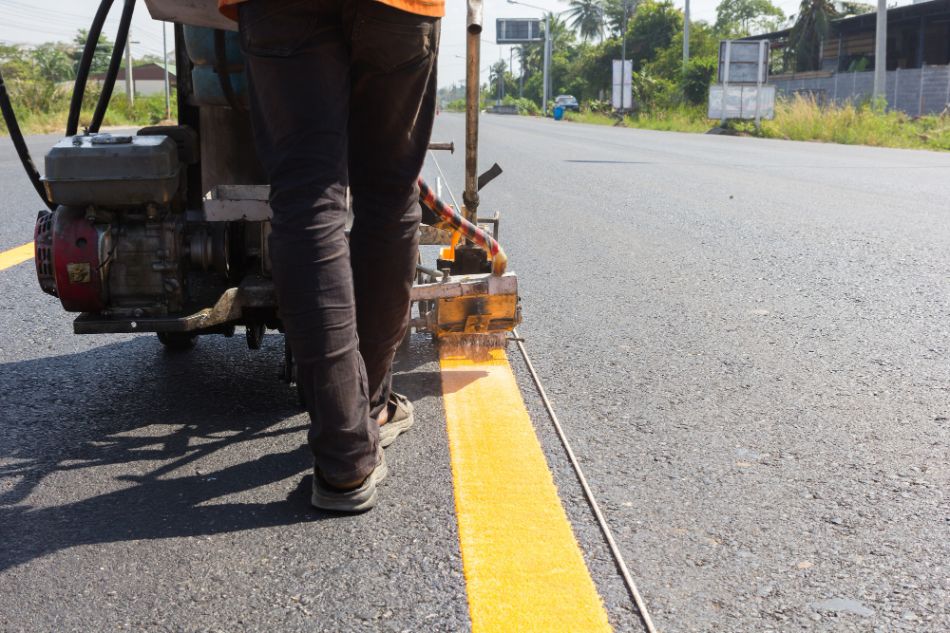
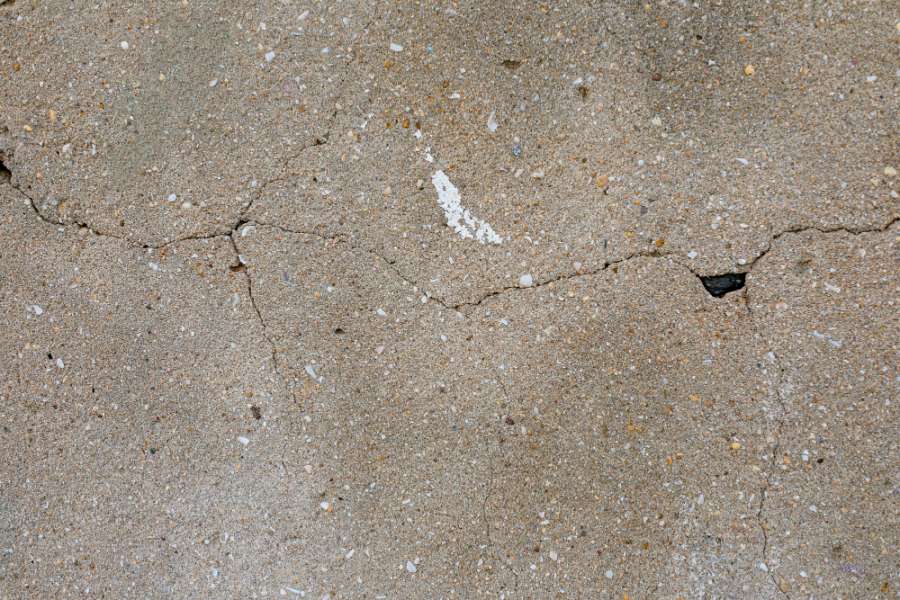
Careful Driving
Prevent Leaks & Spills
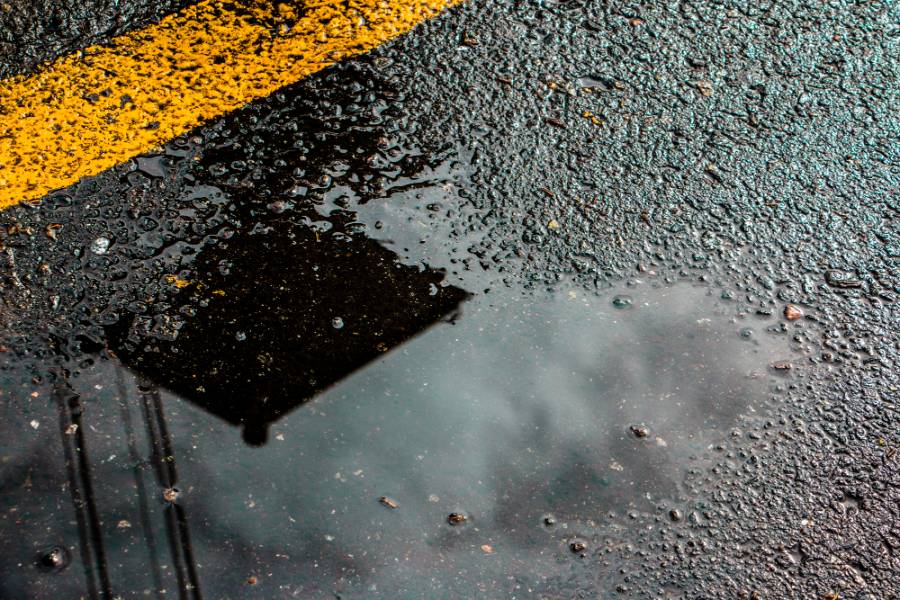
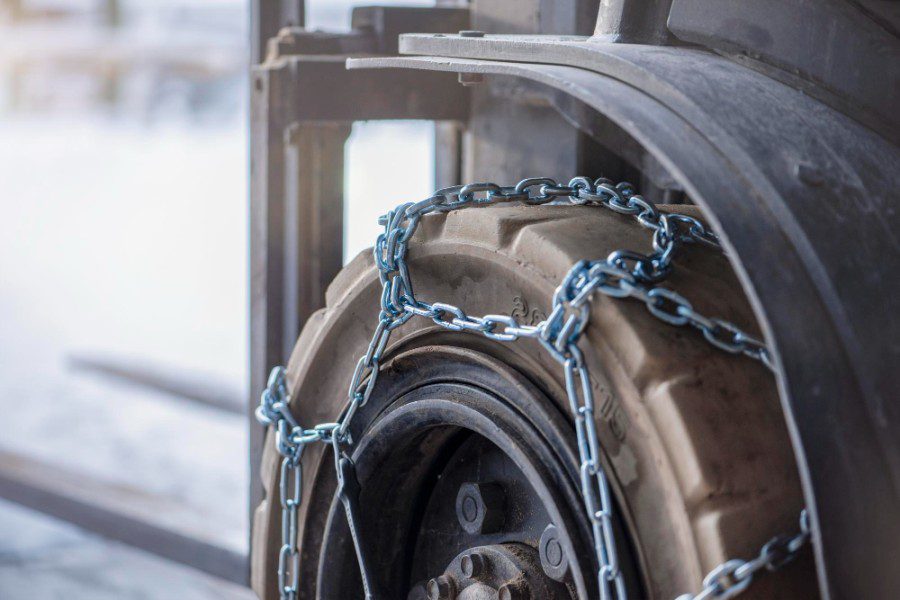
Parking Provisions
Asphalt Texture Varies
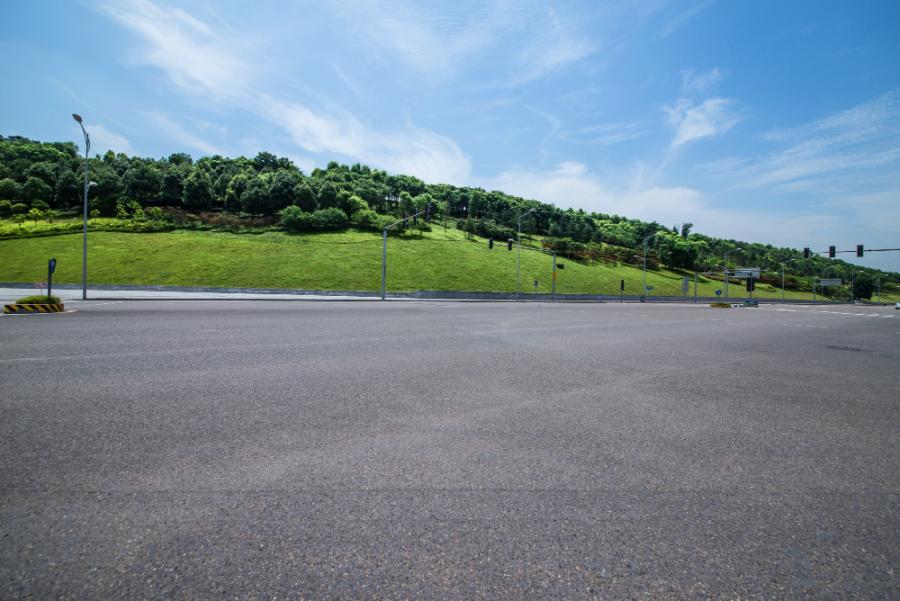
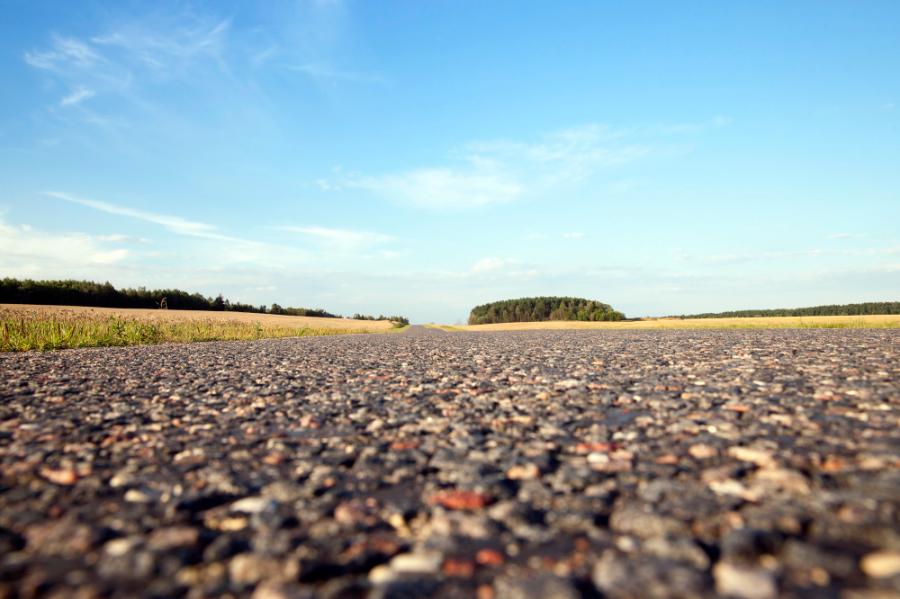
Impressionable Surface
Unwanted Growth

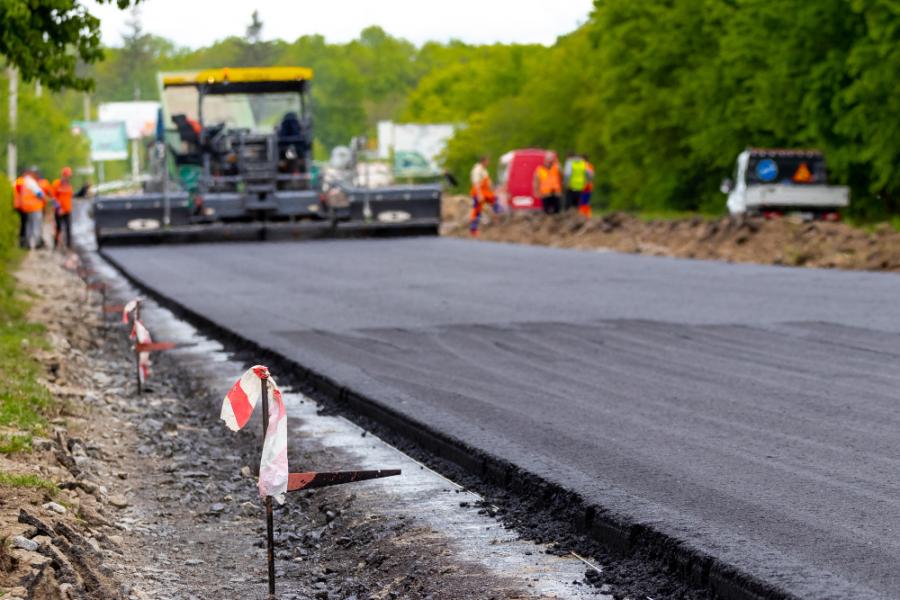
Support the Edges
Cracks are Wack
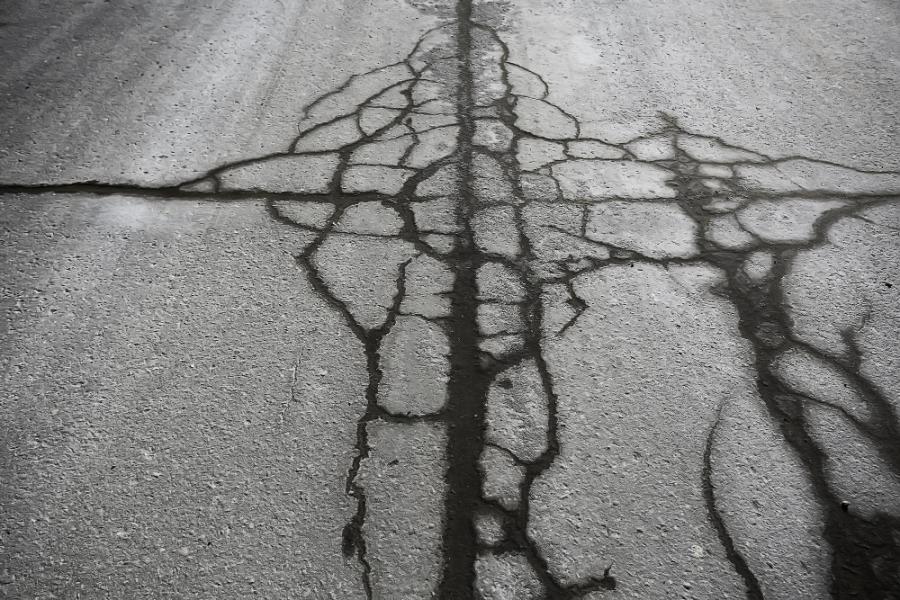
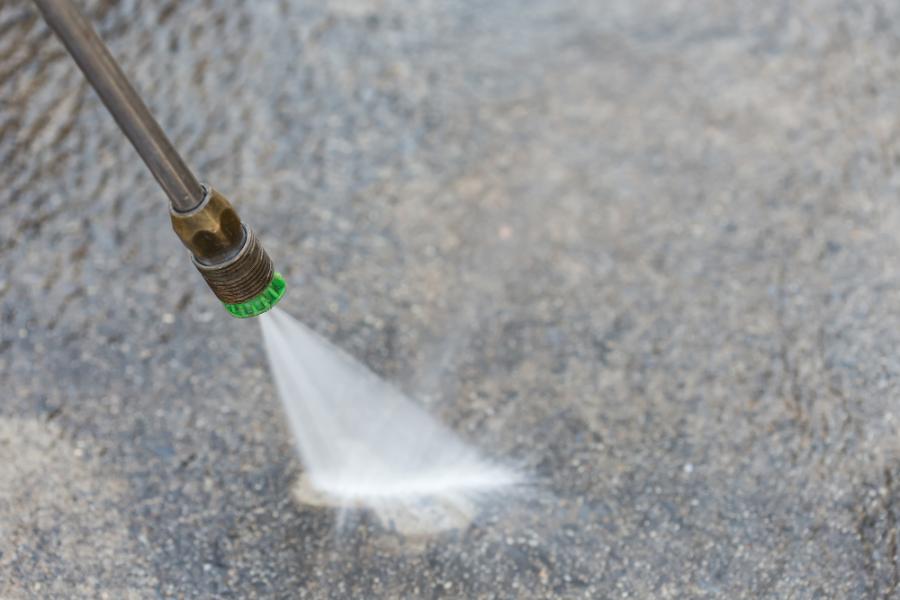
Keepin’ it Cool
Applying Seal Coat
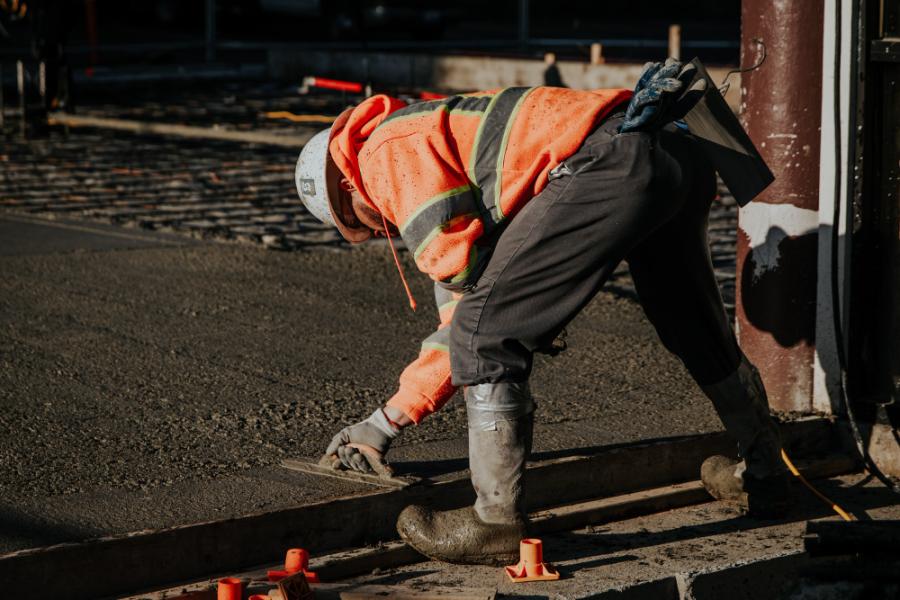
Care Guide for Your New Asphalt Driveway
- Home
- Uncategorized
- Care Guide for Your New Asphalt Driveway

May 25, 2023
